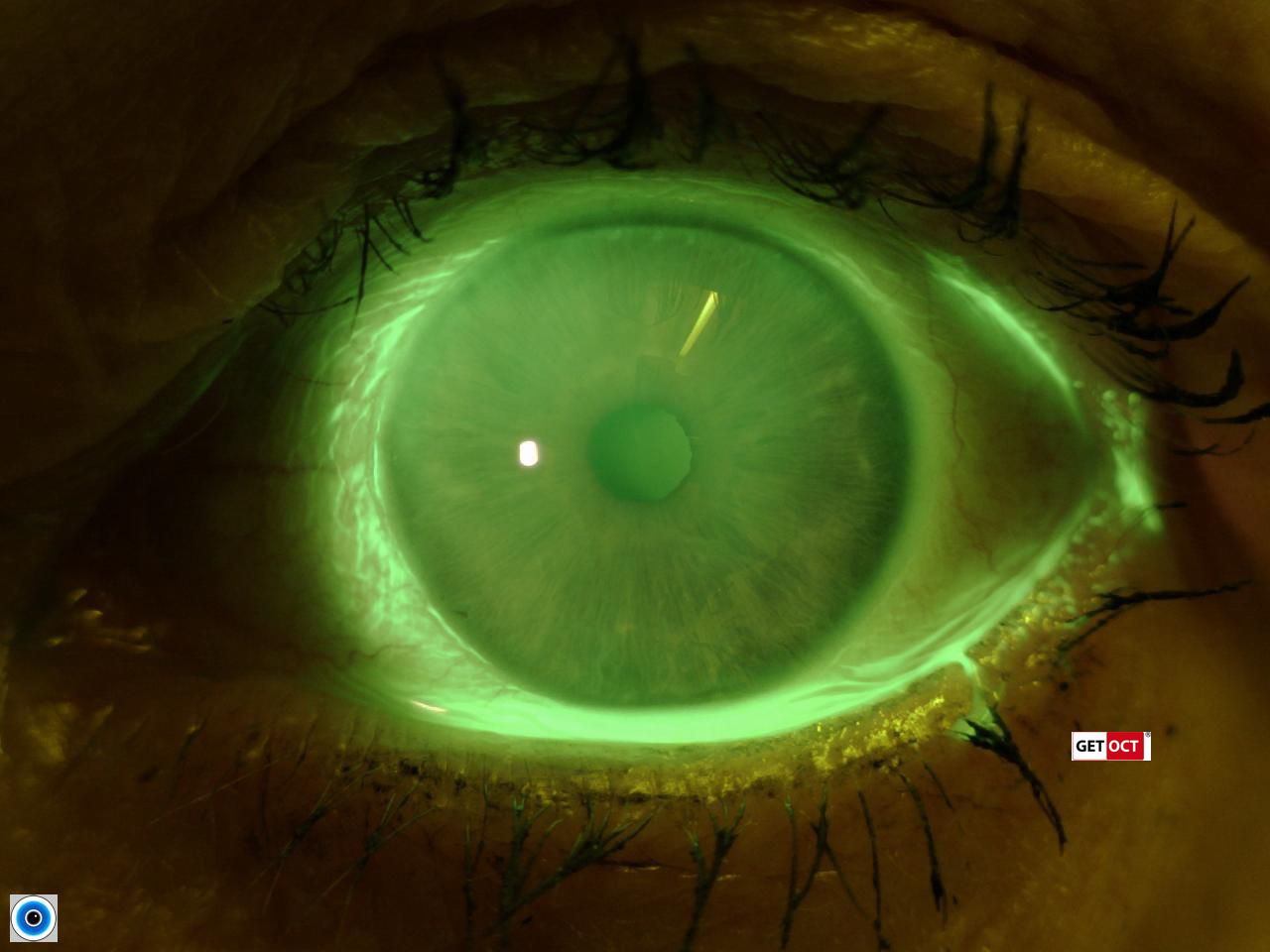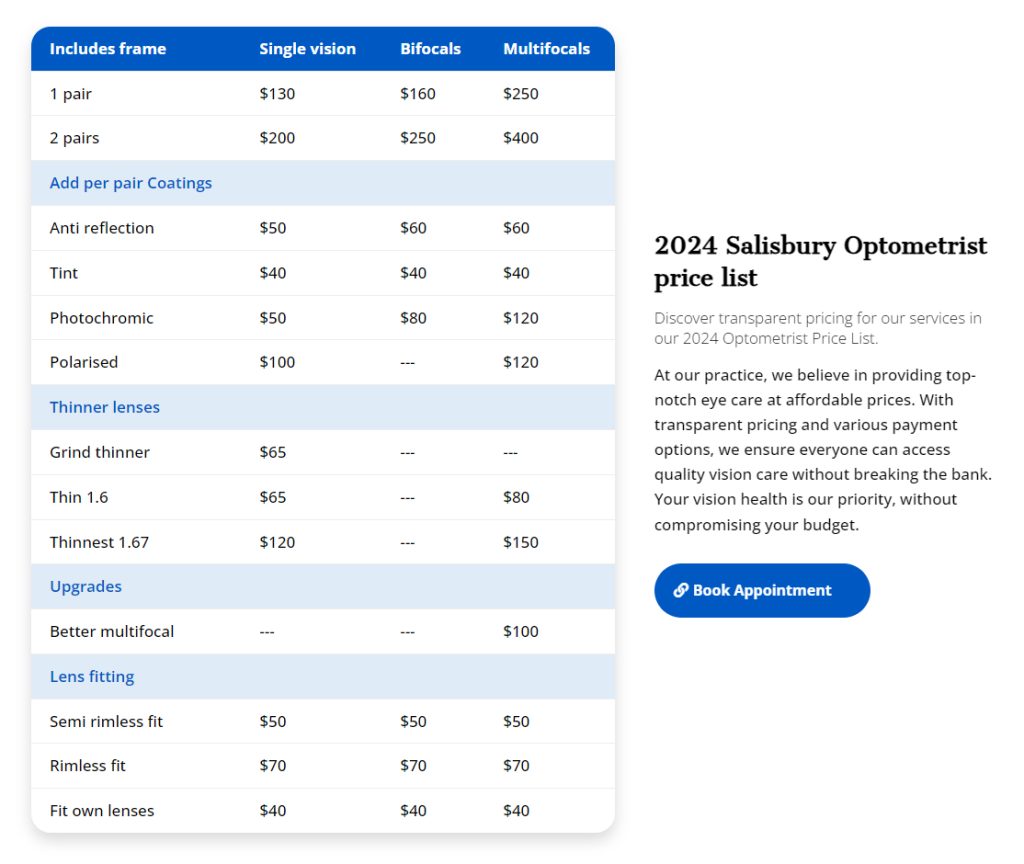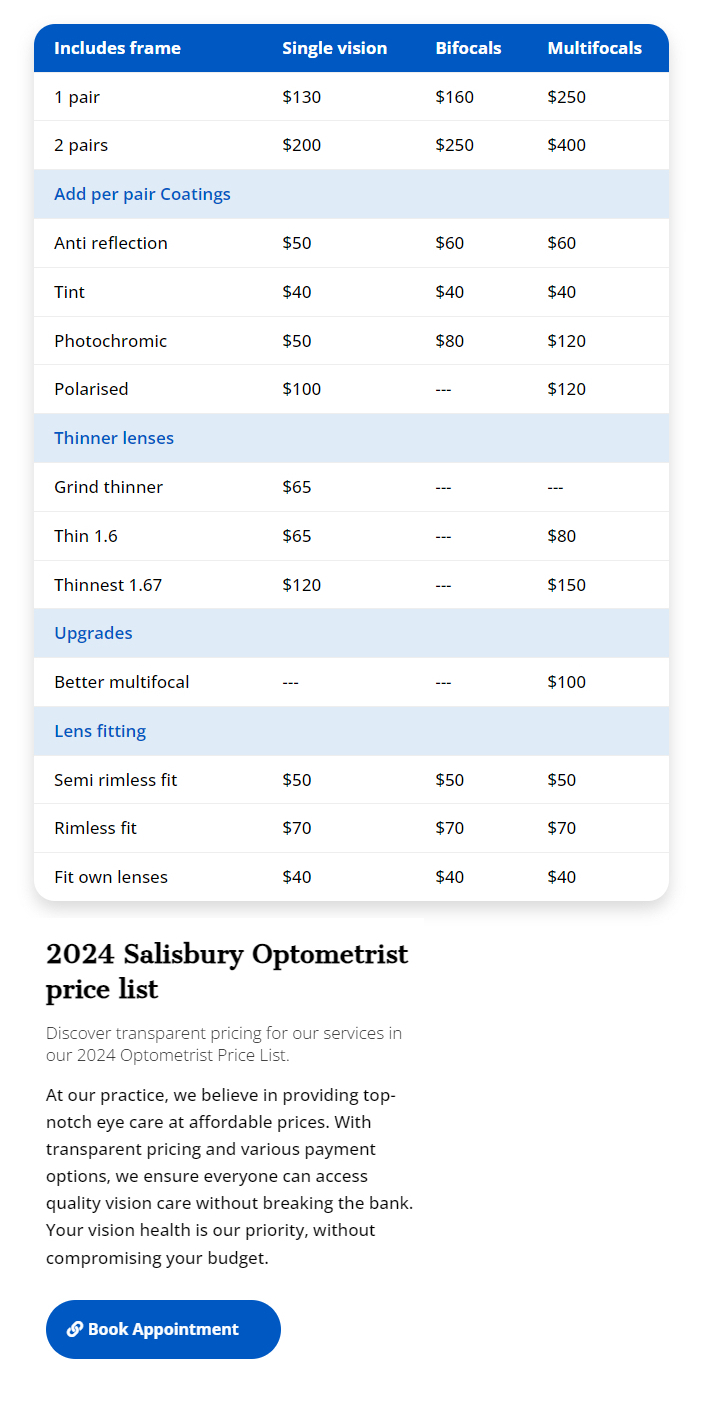Are your eyes feeling sore, gritty or watery?
You could be suffering from dry eyes. This is because the eye is not maintaining adequate lubrication.
Because it is not a disease it is known as a syndrome. Its scientific name is in Latin and is , keratoconjunctivitis sicca.
A lot of people with early symptoms will search for an optometrist near me.
Dry eyes is a chronic condition that occurs due to the eye not maintaining adequate lubrication on the cornea, which is the clear front surface of our eyes, which is always coated by a layer called the “tear film”.
The tear film consists of mucous which is slippery plus a watery (aqueous) layer bound by an oil (lipid) layer.
There are two different types of dry eyes that can occur – aqueous or evaporative dry eye. Aqueous dry eye is when not enough of the watery layer of the tear film is being produced, whereas evaporative dry eye is when there is not enough oil secretion from the glands in the eyelids.
Either way fast evaporation of the tears is the result. It is made worse by low humidity which is worse again in air conditioned rooms.
The early dry eye symptom of grittiness is the most common and can be expected to occur on waking and then later in the day as well. The mucous dries up and clumps as it becomes sticky and then it becomes dried up and by then it is gritty.
Blinking less in the digital age is another factor. While we look at computers and phones for extended periods, and so we blink less than usual.
An optometrist near me can visualise the problem by using a fluorescent dye that glows green showing where the mucous is clumping, normally worst in the corners.
Ocular lubricants help the simple mechanism of blinking, leading to replenishment and even spreading of the tears across the surface of the eye.
After long periods of infrequent blinking, our eyes can become sore and our vision can become blurry which is usually relieved by blinking a few times or using ocular lubricants.
Some people looking for an optometrist near me will find that rinsing their eyes with saline provides a great sense of relief.
The main causes of dry eyes include:
- Environmental factors such as air-conditioning or heating which increases evaporation of the tears
- Contact lens wear
- Blocked oil-secreting glands in the eyelids
- Chronic systemic diseases such as acne rosacea or seborrhoeic dermatitis which can lead to gland dysfunction
- Natural ageing which leads to decreased hormone production
- Medication side effects in particular anti-histamines, and anti-depressants
Symptoms:
Dry eye syndrome can cause a wide range of symptoms from mild symptoms to those that can be quite debilitating and affect a person’s quality of life. Symptoms can include:
- Sore eyes, grittiness or a foreign body sensation
- Eye strain
- Pressure around the eyes – decreased lubrication leads to more awareness of the eye and creates a sensation of the eyes.
- Excessive watering – inadequate tear film exposes the corneal nerves which then stimulates reflex tearing
- Blurred vision
Treatments available:
To appropriately treat dry eyes, we need to first determine the type of dry eye and the underlying cause. Therefore it is best to see an Optometrist who can perform a series of tests to determine the type of dry eyes that you have and the cause.
There are a wide range of options available to help manage dry eyes such as lubricating eye drops, punctal plugs and IPL laser treatment.
Eye drops are the most commonly prescribed treatment, however it is important to make sure you are using the correct eye drop for your type of dry eyes.
For some people, using lubricating eye drops a couple of times a day is enough to provide symptomatic relief whereas others may require extensive specialised treatment options to gain any benefit.
Book in an appointment today if your eyes are bothering you!




0 Comments